Simply put, solar energy is the most abundant source of energy on Earth. About 173,000 terawatts of solar energy strike the Earth at any given time which is more than 10,000 times the world’s total energy needs. By capturing the sun’s energy and turning it into electricity for your home or business, solar energy is a key solution in combating the current climate crisis and reducing our dependence on fossil fuels. Currently, photovoltaic power accounts for only five-tenths of one percent of the energy consumed in the United States. However, solar technology is improving and the cost of going solar is dropping rapidly, so our ability to harness the sun’s abundance of energy is on the rise. In this article, we will discuss the solar panel output in detail. Follow this new blog in Linquip to find out more.
You can find all the information about solar panel devices and equipment on Linquip’s website. The Linquip team of solar panel experts can help you with any questions you might have. Linquip’s article, “What Is Solar Cells and Panels?” will provide you with a better understanding of solar panels. Browse Linquip’s selection of Solar Panel Products for free. Also, you can register as a Linquip Expert to take advantage of all the offered benefits.
Is the idea of Guest Posting on Linquip something you are interested in? You can submit content to the Linquip platform as a guest.
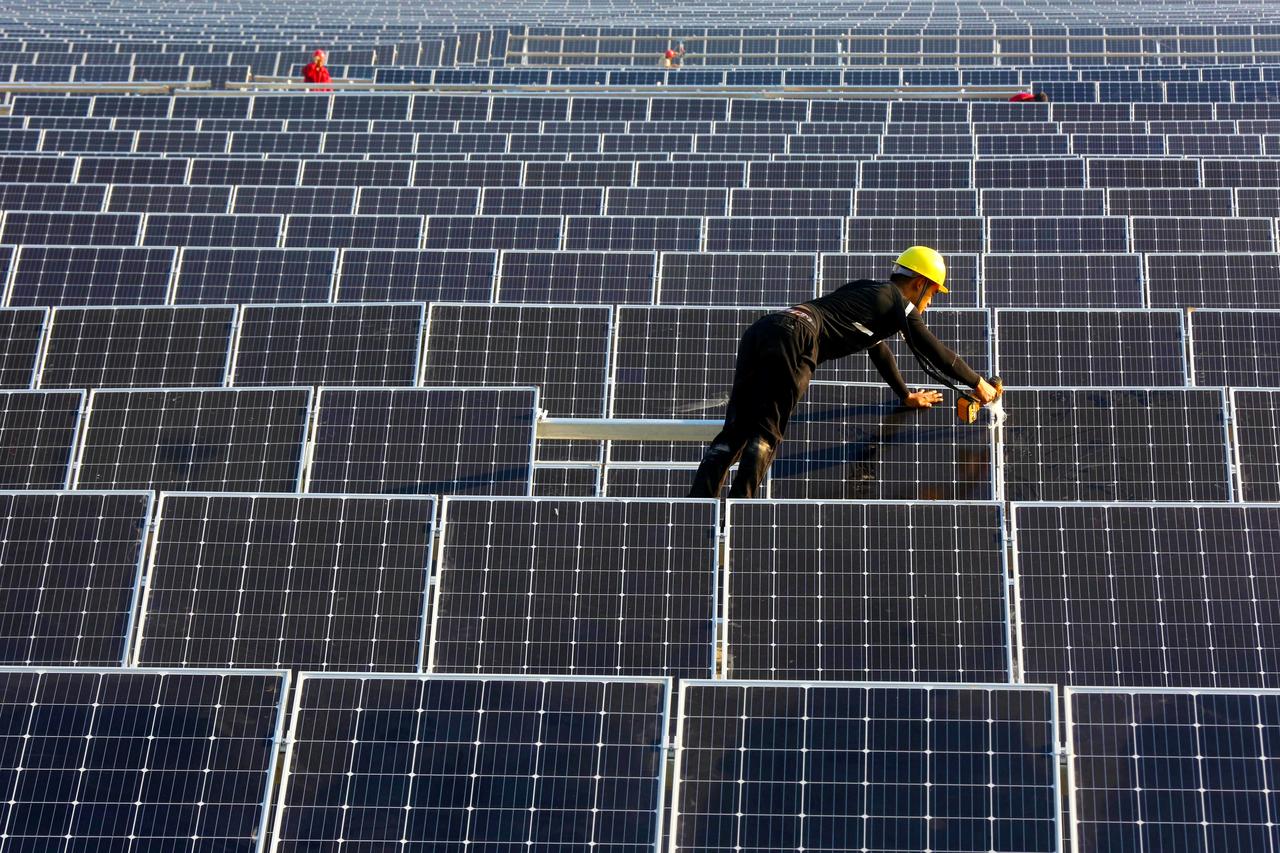
What is the Solar Panel Output?
All solar panels are rated by the amount of DC (direct current) power they produce under standard test conditions. Solar panel output is expressed in units of watts (W) and represents the panel’s theoretical power production under ideal sunlight and temperature conditions. Most home solar panels on the market today have power output ratings ranging from 250 to 400 watts, with higher power ratings generally considered preferable to lower power ratings. The higher the wattage of a solar panel, the more electricity it can produce under the same conditions. Pricing in solar is typically measured in dollars per watt ($/W), and the total wattage of your solar panels plays a significant part in the overall cost of your solar system.
How to Measure Solar Panel Output
Because every solar panel system is different, it’s hard to say exactly how much electricity yours would generate. However, there are a few general benchmarks you can use to estimate your system’s potential output. Here is the solar panel output calculator.
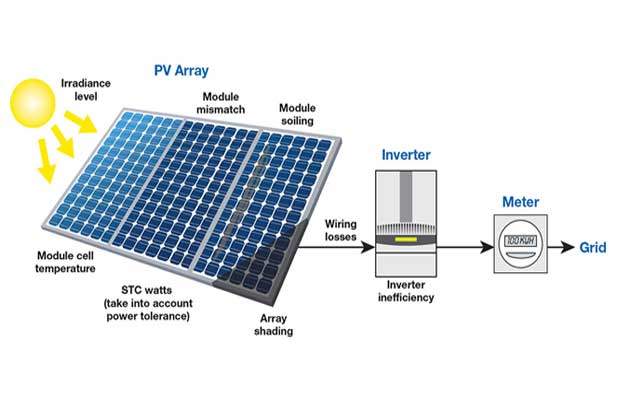
1. Solar Panel Output Per Day
Work out how much electricity—measured in kilowatt-hours (kWh)—your panels would produce each day by using this formula:
Size of one solar panel (in square meters) x 1,000
That figure x Efficiency of one solar panel (percentage as a decimal)
That figure x Number of sun hours in your area each day
Divide by 1,000
Example
- The panel is 1.6 square meters in size:
1.6 x 1,000 = 1,600 - Panel is 20% efficient:
1,600 x 20% = 320 - Your area gets 4.5 sun hours per day*:
320 x 4.5 = 1,440 - Divide by 1,000:
1,440 ÷ 1,000 = 1.44 kWh per day
*The number of sun hours varies greatly throughout the year (4.5 hours is an estimate for July) and will be much lower during winter months in particular.
2. Solar Panel Output Per Month
For a monthly total, calculate the daily figure then multiply it by 30:
- 1.44 x 30 = 43.2 kWh per month
3. Solar Panel Output Per m2 (Square Meter)
The most popular domestic solar panel system is 4 kW. This has 16 panels, with each one:
- around 1.6 square meters (m2) in size
- rated to produce roughly 265 watts (W) of power (in ideal conditions)
To work out the output per square meter, use this formula:
Number of panels x Capacity of the solar panel system
Capacity ÷ Total size of the system (number of panels x size of one panel)
Example
- 16 panels of 265 W each:
16 x 265 = a capacity of 4,240 kW - The total size of the system (16 panels of 1.6 m2 each)
4,240 ÷ 25.6 = 165 W per m2
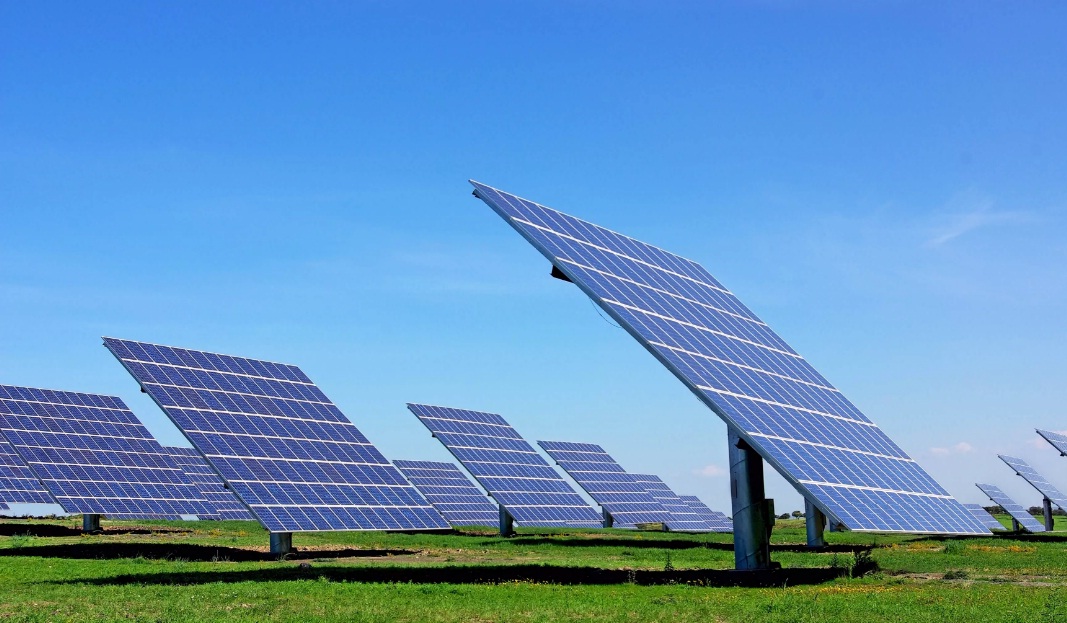
Factors Affecting the Solar Panel Output
The amount of electricity produced by a solar panel can vary based on these factors:
- Solar panel efficiency
- Solar panel size
- Type of solar panel
- Capacity
- Location
- Solar panel direction
-
Solar Panel Efficiency
While solar panel output can tell you what your solar panel is capable of producing under ideal conditions, efficiency tells you how much sunlight your solar panel is capable of converting into electricity you can use in your home.
For example, if your solar panel has an efficiency rating of 13 percent, that means that 13 percent of the sunlight striking your solar panel will be transformed into the power you need to toast bread or do a load of laundry.
Modern solar cells are capable of absorbing about 20 percent of solar energy, allowing them to reach 400 watts of output. It’s generally the case that higher efficiency solar panels cost more but use less roof space.
Solar panel efficiency can be affected by a few variables which can either subdue or boost it. Within the solar cells, there can be variation in efficiency based on how reflective the cells are. Less reflective cells can collect more sunlight and use it rather than bouncing it back out to space.
The area around your rooftop solar panel system can also change your efficiency numbers. The most common environmental factors that can subdue efficiency are:
- Shading from nearby trees or other buildings: Shading is generally a fairly obvious efficiency blocker and should be avoided if at all possible. Trimming trees and positioning solar panels to avoid shading from other nearby structures will help.
- Excessive cloud coverage: Cloud coverage does not mean that absolutely no sunlight will make it to your solar panels, but the amount will be reduced.
- Excessive dirt, dust, and pollution: Dirt, dust, and pollution can degrade solar panel efficiency over time. Rainfall is a natural and easy way of cleaning them off. If you live in a particularly arid region where rainfall is scarce and dust is abundant, you can clean your solar panels yourself or hire someone to do it for you.
- Thick layers of snow: While it’s true that too much heavy snow can lower efficiency, some snow is a good thing because any dust, dirt, and pollution will cling to it and slide off the slick panels when the snow melts. Also, like most electronic equipment, solar panels operate well in cooler conditions.
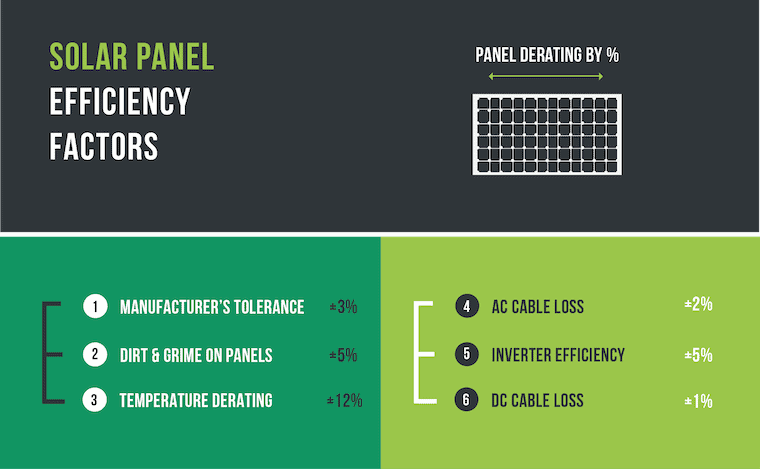
-
Solar Panel Size
In terms of solar panel output, it is best to separate solar panels into two categories: 60-cell solar panels and 72-cell solar panels.
60-cell solar panels are typically 5.4 feet tall by about 3.25 feet wide and have a power output in standard test conditions of between 270 watts to 300 watts, depending on the exact efficiency of the cells in them.
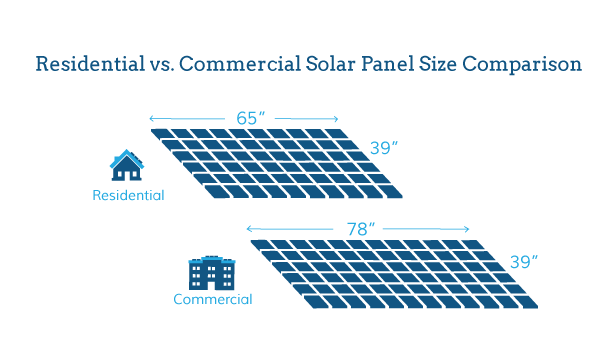
Only a few years ago, the power output of standard 60-cell panels was more like 250 watts, but improvements in technology have improved average panel wattages to the 300-350 watt range.
72-cell solar modules are physically larger because they have an extra row of cells, and will usually have a power output of between 350 watts and 400 watts. These are less often used for rooftop solar because they are difficult to handle on a roof; they are more commonly used for utility-scale solar farms.
-
Types of Solar Panel
Modern solar panels are made from silicon solar cells, which are either monocrystalline or polycrystalline solar cells.
Both are similar in terms of energy output, although monocrystalline panels use higher-grade silicon which makes them the most efficient.
There’s also a third, less common type of solar module: amorphous solar panels. They are cheaper, but also produce much less power.
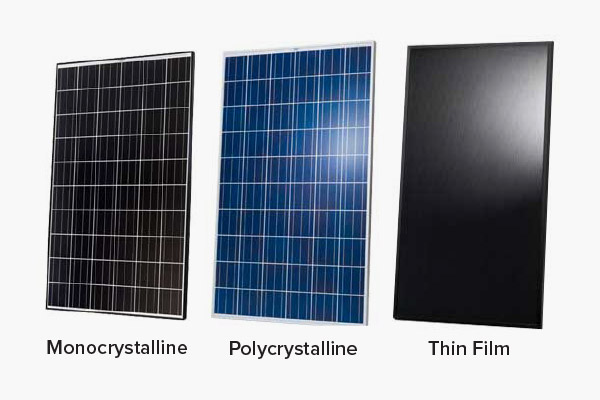
-
Capacity
The maximum amount of electricity the system can produce under ideal conditions (known as peak sun) which is sometimes called ‘rated capacity’ or ‘rated output’ is taken to be 1,000 watts (or 1 kW) of sunlight for every square meter of the panel. Most domestic solar panel systems have a capacity of between 1 kW and 4 kW.
-
Location
Where you live has a big impact on how much energy your solar panels are capable of producing. That’s why solar panel was first put to use in sunny places like the U.S. Southwest. The more access to the sun your solar panels have, the more they can produce electricity. While some states in northern latitudes get less than 4 hours of sunlight per day on average, others can get more than 7.5 hours.
The more sunlight, the better. But it’s still possible to enjoy the benefits of solar energy even in places up north.
-
Solar Panel Direction
If your solar panels are placed in a direction that receives the most sunlight, you give them the best chance to capitalize on that solar energy.
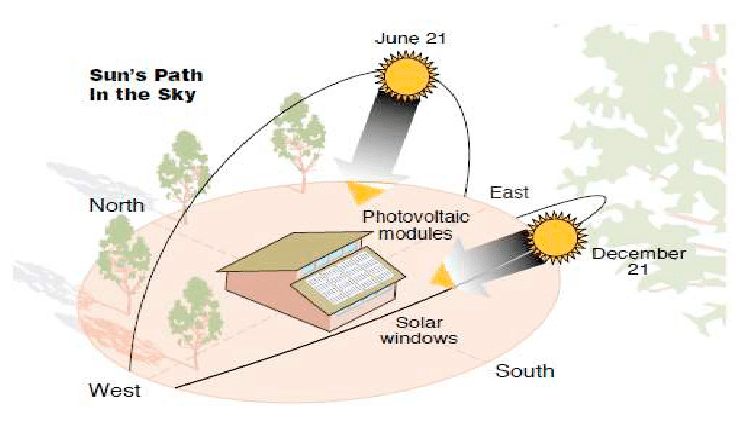
Whether the best direction for your solar panels is south or west depends on a few differences in both the physical space or your rooftop and the surrounding environment, as well as how your utility structures its electricity rates.
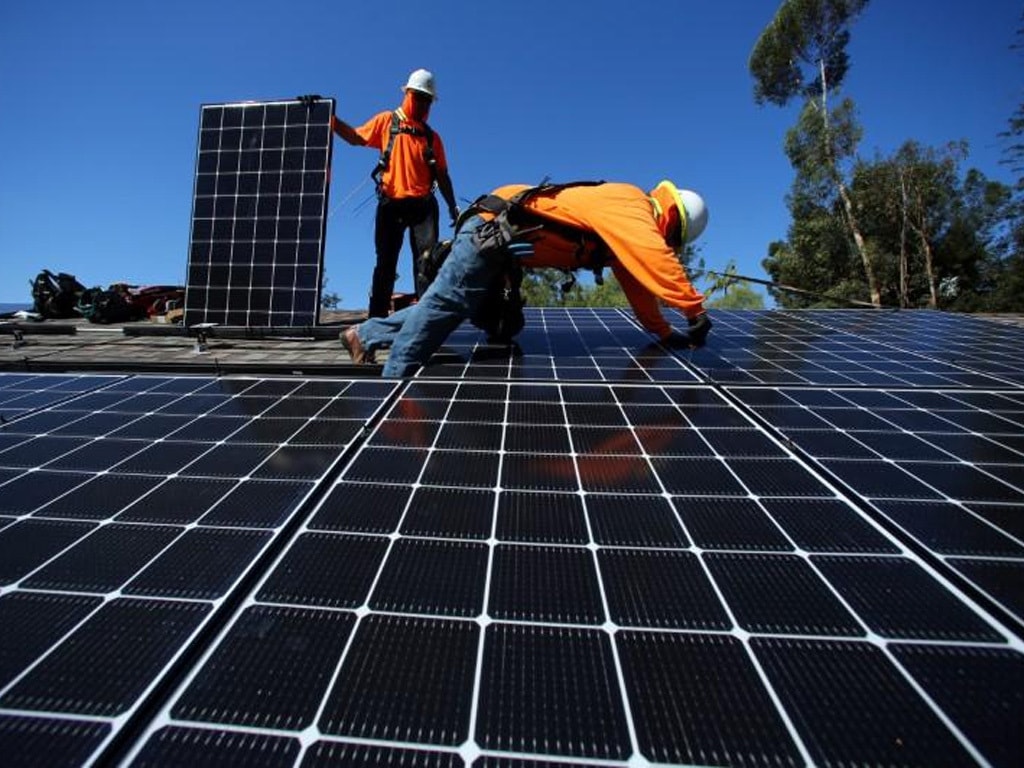
How Much Power Output Does Your Home Need?
This all depends on how much electricity you use and how much of your home you want your solar panels to power.
If your household has a particularly high energy usage or you want to solely rely on solar panels to power your home, we’d recommend getting solar panels with a high output – around 300 watts (per panel) or more.
However, if you don’t use much electricity day-to-day, or only want solar panels to subsidize some of your home’s energy usage, you can choose solar panels with a lower output – of about 225 to 275 watts.
Most homes will install several solar panels, known as a solar panel system. A typical 3–4-bedroom house will require a 3-4kWp solar panel system, typically composed of 12-16 solar panels.
Most domestic properties have between a 1kW and 4kW solar panel system, depending on how much power they need and the size of their roof. The table below shows you how much electricity different sized solar systems normally generate over a year, as well as how many solar panels they’re typically made up of:
| Solar Panel System Size | Number of Solar Panels | Required Roof Space | Annual Electricity Output |
| 1kW | 4 | 8 sq. meters | 850 kWh |
| 2kW | 8 | 14 sq. meters | 1700 kWh |
| 3kW | 12 | 21 sq. meters | 2550 kWh |
| 4kW | 16 | 28 sq. meters | 3400 kWh |
The Solar Panel Output of the Best Solar Panel Manufacturers
The table below shows you the solar panel power output range for some of the best solar brands.
| Manufacturer | Solar panel power output |
| Canadian Solar | 275 to 365 watts |
| LG | 290 to 365 watts |
| Panasonic | 245 to 330 watts |
| Sharp | 256 to 360 watts |
| SolarWorld | 280 to 300 watts |
| Yingli Solar | 250 to 360 watts |
What Is the Maximum Amount of Power That a Solar Panel Can Generate per Day?
Generally speaking, with an average irradiance of four peak sun hours per day, one watt of solar panel rated power will produce approximately four watt-hours (Wh) of energy. It is equivalent to 0.004kWh. Thus a 300-watt solar panel will generate 1.22kWh per day.
So, this is everything you need to know about the solar panel output and ways to measure it. If you enjoy this article in Linquip, let us know what you think by leaving a reply in the comment section. We will be more than glad to have your viewpoint on the article. Is there any question we can help you through? Feel free to sign up on our website where our experts are prepared to provide you with the most professional advice.
FAQs about Solar Panel Output
What affects solar panel output?
Load resistance, sun intensity (module direction and tilt), cell temperature, dirt, shade, module mismatch, inverter conversion losses, and the structure of the solar cells are the main things that affect a module’s output.
What is a good output for solar panels?
Most of the solar panels for homes on the market right now can each produce between 250 and 400 watts per hour. Most home solar panel systems have a capacity of between 1 kW and 4 kW.
How do you determine the power output of a solar panel?
Connect the positive lead of the multimeter to the positive wire (or terminal) of the solar panel and the negative lead to the negative wire (or terminal) of the solar panel. The multimeter will now display the solar panel’s open-circuit voltage. 18 to 28 volts on a 12-volt nominal panel
How does temperature affect solar panel power output?
So, the maximum output of the solar panel will go down by 0.258% for every degree that the temperature goes up, and it will go up by the same amount for every degree that the temperature goes down. This means that seasonal variance will have an impact on your panels wherever you go, and that solar panels work better in lower temperatures.
What causes solar panels to lose efficiency?
Solar modules typically deteriorate between 0.5 and 3 percent annually. Normal deterioration is primarily caused by four elements that all arise naturally: temperature cycling, wet heat, humidity freeze, and ultraviolet (UV) exposure.
Download Solar Panel Output PDF
The following PDF document is provided for you extracted from this article to have access to this content whenever you need it.
Sources
https://www.yesenergysolutions.co.uk/advice/how-much-energy-solar-panels-produce-home#:~:text=Most%20residential%20solar%20panels%20on,1%20kW%20and%204%20kW
How much energy does a solar panel produce? Solar panel output explained
https://www.theecoexperts.co.uk/solar-panels/electricity-power-output
https://www.greenmatch.co.uk/solar-energy/solar-system/5kw-solar-panel-system
https://www.vivintsolar.com/learning-center/how-calculate-solar-panel-output
https://us.sunpower.com/how-many-solar-panels-do-you-need-panel-size-and-output-factors
https://www.solarreviews.com/blog/what-is-the-power-output-of-a-solar-panel
https://www.solarreviews.com/blog/how-much-electricity-does-a-solar-panel-produce
Watch Videos about Solar Panel Output
For more information about Solar Panel Output, watch this video about Solar Panel Output.
Buy Equipment or Ask for a Service
By using Linquip RFQ Service, you can expect to receive quotations from various suppliers across multiple industries and regions.
Click Here to Request a Quotation From Suppliers and Service Providers
Read More On Linquip
- A Concise Introduction to Solar Hybrid Power Systems
- Your Handy Guide to Solar Panel Installation Cost
- How to Check Solar Panel Output? An Essential Guide
- How Much Do Solar Panels Cost Per Square Foot?
- The Ultimate Guide to Solar Panel Calculation: Harness the Power of the Sun with Linquip
- Calculating Solar Panel Wattage: A Comprehensive Guide by Linquip
- Non-techie Guide To The Difference Between Solar Cell and Solar Panel
- What are the Negative Aspects of Renewable Energy?
- Can Renewable Energies Solve the Grave Problem of Climate Change?
- Can Renewable Energy be Stored? A Bright Future Awaits
- What is Boiling Water Reactor? Advantages, and Disadvantages
- Difference Between Solar Energy and Wind Energy
- What is the Difference Between Solar Cell and Solar Panel?
- Australia’s Solar Power Generation Outshines Coal in Renewable Energy Harbinger
- The 10 Best Solar Generator
- Efficiency of Solar Panels: A Practical Guide
- Do Solar Panels Work at Night?
- Is Tidal Energy Renewable? A Complete Answer
- A Concise Introduction to Solar Hybrid Power Systems
- A Complete Guide To Solar Panel Output
- The Complete Guide to Polycrystalline Solar Panel: Features, Working Principle, and Applications
- Everything You Need to Know About Monocrystalline Solar Panel
- Is Solar Energy Renewable or Nonrenewable: A Clear Answer
- What Is Solar Farms? All You Need to Know About Solar Parks
- Which Type of Solar Panel Is the Best?
- Types of Solar Panels: A Simple Guide Assisting You to Have Better Choice
- Advantages of Solar Energy and Why You Should Switch Into Solar Panels
- How Solar Energy Works?
- Disadvantages of Solar Energy and Why You Need to Know Them
- Types of Solar Energy: Learn the Basics, Get the Most Out of It!
- Top Solar Panel Companies and Manufacturers in the US
- How Much Energy Does a Solar Panel Produce?

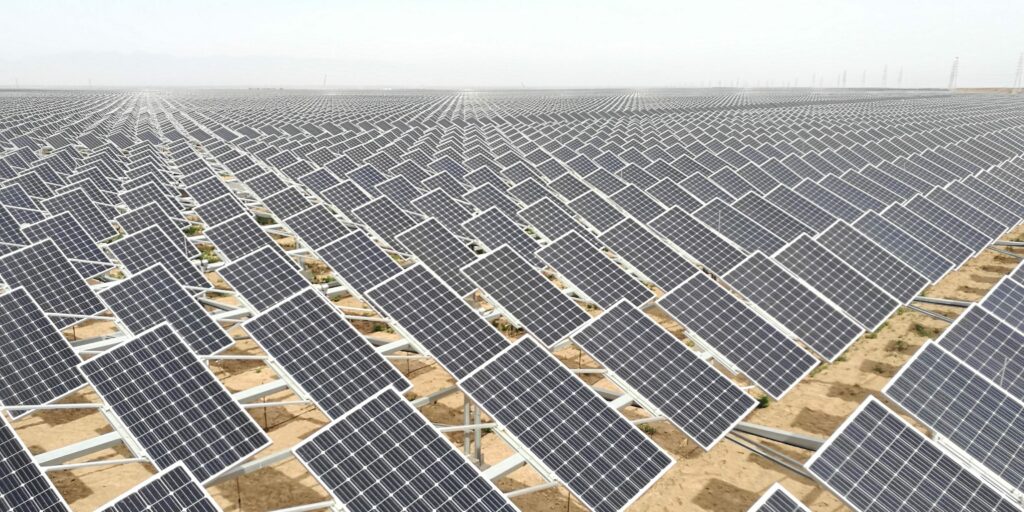


Nice article! To calculate increase solar efficiency one need to consider maintenance factor as well. Cleaning and inspections may help solar panels absorb light effectively, and increase it’s efficiency.
Thanks for your valuable comment and information, Klaus! We are eager to hear more from you.
This has inconsistent information.
Under “What is Solar Panel Output” you say: “Most home solar panels on the market today have power output ratings ranging from 250 to 400 watts”
Under “Solar Panel” size it says: “60-cell solar panels are typically 5.4 feet tall by about 3.25 feet wide and have a power output in standard test conditions of between 270 watts to 300 watts,”
That is 17.5 sq ft, or 1.95 sq yd. this is about 154 w per sq yard. (about a sq meter)
..
However, under “Capacity” this says “The maximum amount of electricity the system can produce under ideal conditions (known as peak sun) which is sometimes called ‘rated capacity’ or ‘rated output’ is taken to be 1,000 watts (or 1 kW) of sunlight for every square meter of the panel.”
Which is it?
Also, we know that the total solar power (the solar constant before any atmospheric absorption) is around 1,380 watts per sq meter, or 1,154 W per sq yard.
..
Then…
It gives the size of 60 cell panels, but not the 72 cell panels.
..
I think this needs some serious proofreading.
Thanks for visiting our website, Steve! We first apologize for any inconvenience experience you had with this article. Your valuable comment will be considered for the next update of the post.